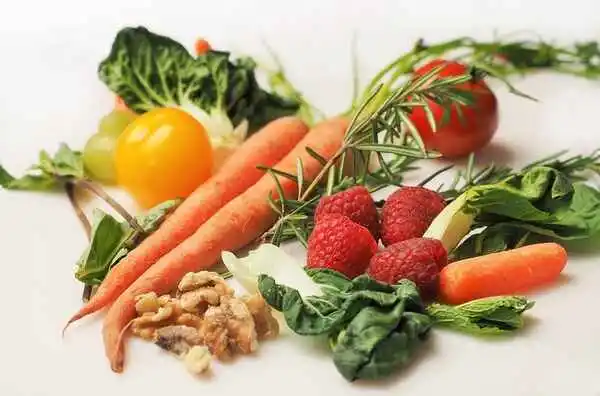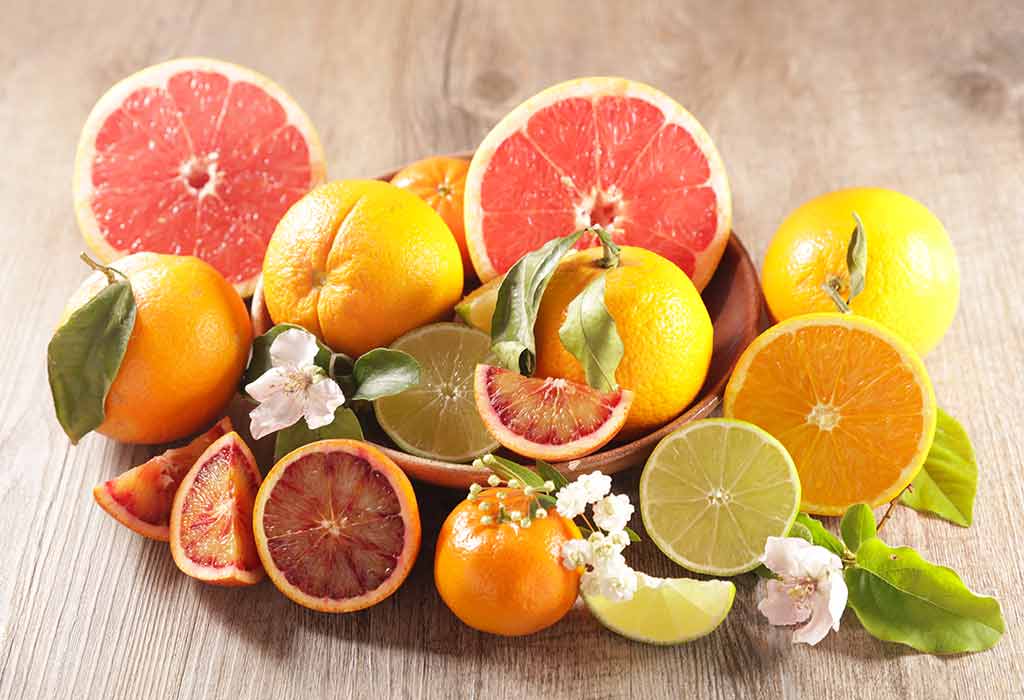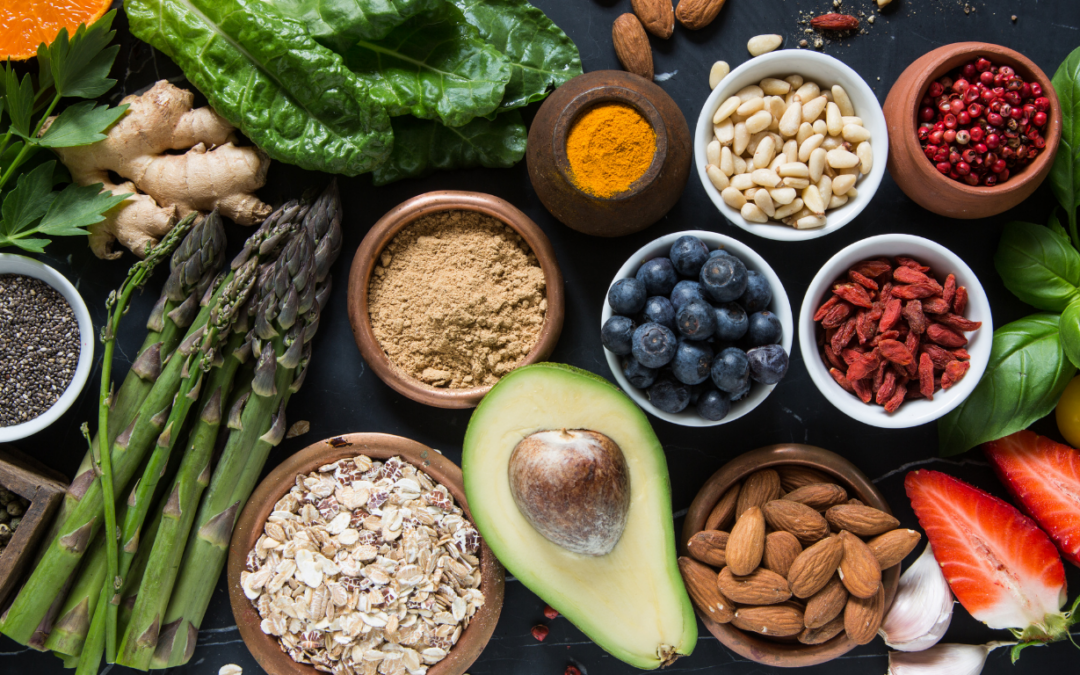Imagine being able to see clearly well into your golden years, all thanks to the foods you eat every day. It’s not just a dream – it’s a possibility backed by science. From vibrant fruits bursting with antioxidants to leafy greens packed with essential nutrients, your plate can become a powerful tool in the fight against cataracts. In this post, we’ll explore the top 5 food groups that can help protect your precious eyesight and potentially prevent the development of cataracts.
Ready to discover how you can nourish your eyes from the inside out? Let’s dive into the colorful world of eye-healthy foods, starting with nutrient-rich fruits that can give your vision a boost!
Citrus fruits high in vitamin C
Vitamin C is a powerful antioxidant that plays a crucial role in preventing cataracts. Citrus fruits are excellent sources of this essential nutrient. Here’s a list of citrus fruits that can boost your eye health:
Oranges
Grapefruits
Lemons
Limes
Tangerines
These fruits not only provide vitamin C but also contain flavonoids that work synergistically to protect your eyes from oxidative stress.
Read: Discover the Power of Yoga Eye Exercises to Improve Eyesight
Berries packed with antioxidants

Berries are nature’s antioxidant powerhouses, offering a wide range of eye-protective compounds. Here’s a comparison of different berries and their antioxidant content:
| Berry Type | Key Antioxidants | Benefits for Eye Health |
|---|---|---|
| Blueberries | Anthocyanins | Improve night vision |
| Strawberries | Ellagic acid | Reduce inflammation |
| Blackberries | Lutein | Protect against UV damage |
| Raspberries | Zeaxanthin | Support retinal health |
Incorporating a variety of berries into your diet can significantly boost your eye health and help prevent cataracts.
Tropical fruits with beta-carotene

Beta-carotene is a precursor to vitamin A, which is essential for maintaining healthy vision. Tropical fruits are excellent sources of this nutrient. Some beta-carotene-rich tropical fruits include:
Mangoes
Papayas
Cantaloupe
These fruits not only provide beta-carotene but also offer other vitamins and minerals that support overall eye health. Consuming a variety of nutrient-rich fruits can significantly contribute to your efforts in preventing cataracts and maintaining optimal vision.
Now that we’ve explored the benefits of nutrient-rich fruits for eye health, let’s move on to discuss how leafy greens can further protect your vision.
Leafy greens to protect your vision
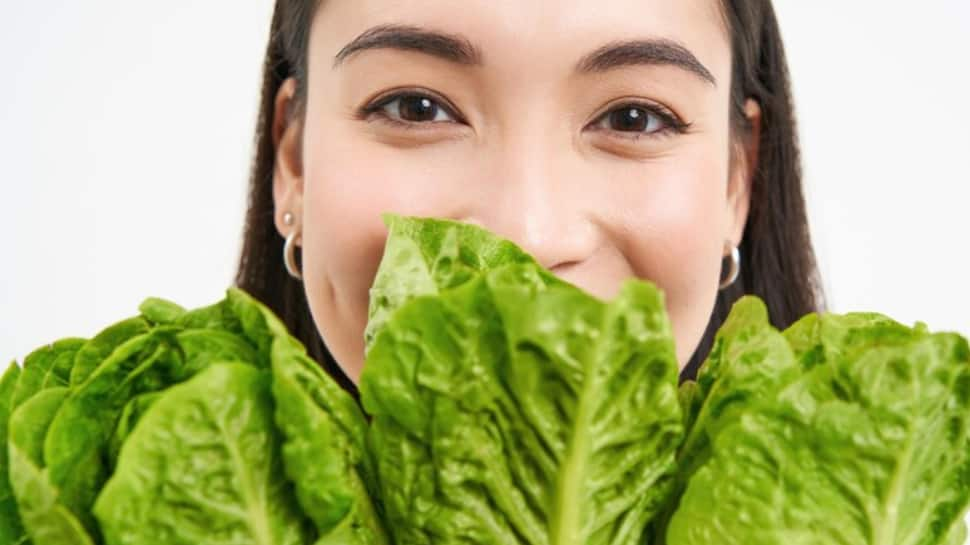
Spinach and its lutein content
Spinach is a powerhouse of eye-friendly nutrients, particularly lutein. This powerful antioxidant helps protect your eyes from harmful blue light and oxidative stress, which can contribute to cataract formation.
| Nutrient | Amount per 100g |
|---|---|
| Lutein | 12.2 mg |
| Vitamin A | 469 µg |
| Vitamin C | 28.1 mg |
Kale as a powerhouse of eye-friendly nutrients
Kale is another leafy green superstar for eye health. It’s packed with lutein, zeaxanthin, and beta-carotene, all of which play crucial roles in maintaining healthy vision and preventing cataracts.
Collard greens for vitamin A and zeaxanthin
Collard greens are an excellent source of vitamin A and zeaxanthin, both essential for eye health. These nutrients help protect the retina and may slow the progression of age-related eye conditions, including cataracts.
Broccoli’s role in cataract prevention
Broccoli is rich in antioxidants and vitamin C, which are crucial for maintaining eye health. Its high sulforaphane content may help protect the eye’s lens from oxidative stress, potentially reducing the risk of cataract formation.
Key benefits of leafy greens for eye health:
High in antioxidants that protect against oxidative stress
Rich in vitamins A and C, essential for eye function
Contain lutein and zeaxanthin, which filter harmful blue light
Provide nutrients that support overall eye health and may slow age-related eye conditions
Now that we’ve explored the benefits of leafy greens, let’s examine how protein sources can further support eye health.
Protein sources that support eye health
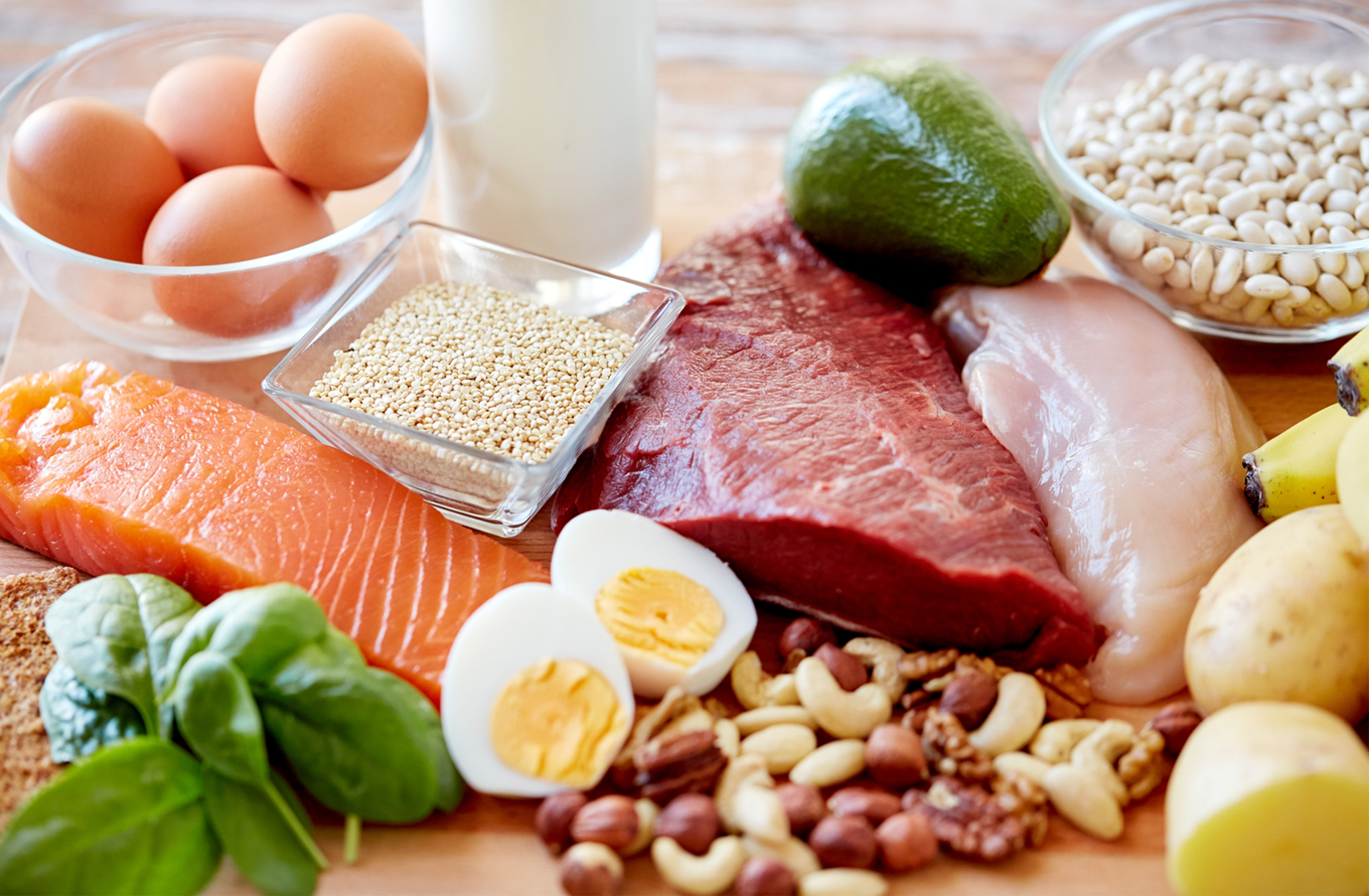
Fish rich in omega-3 fatty acids
Fish is an excellent protein source that supports eye health, particularly those rich in omega-3 fatty acids. These essential fats play a crucial role in maintaining the health of your retina and reducing the risk of cataracts. Some of the best fish options include:
Salmon
Mackerel
Sardines
Tuna
Trout
| Fish Type | Omega-3 Content (per 3 oz serving) |
|---|---|
| Salmon | 1.5 grams |
| Mackerel | 1.0 grams |
| Sardines | 1.3 grams |
| Tuna | 0.2-1.0 grams |
| Trout | 0.8 grams |
Aim to include these fish in your diet at least twice a week to reap the eye health benefits.
Eggs and their lutein benefits
Eggs are not only a great source of protein but also contain lutein, a powerful antioxidant that supports eye health. Lutein helps protect the eyes from harmful light and reduces the risk of cataracts. The yolk is particularly rich in lutein, so don’t skip it!
Lean meats for zinc and vitamin E
Lean meats provide essential nutrients for eye health, including zinc and vitamin E. These nutrients work together to protect your eyes from oxidative stress and support overall vision health. Some excellent lean meat options include:
Chicken breast
Turkey
Lean beef
Pork tenderloin
Now that we’ve covered protein sources, let’s explore how nuts and seeds can contribute to better eyesight.
Nuts and seeds for better eyesight

Almonds and their vitamin E content
Almonds are a powerhouse of eye-protective nutrients, particularly vitamin E. This antioxidant helps prevent oxidative stress in the eye, potentially reducing the risk of cataracts. Just a handful of almonds (about 23) provides 37% of the daily recommended intake of vitamin E.
Sunflower seeds for selenium
Sunflower seeds are an excellent source of selenium, a mineral that supports the production of antioxidants in the body. These antioxidants help protect the eye’s lens from damage, potentially lowering the risk of cataract formation.
| Nutrient | Amount per 1 oz (28g) | % Daily Value |
|---|---|---|
| Selenium | 14.8 mcg | 27% |
| Vitamin E | 7.4 mg | 49% |
Walnuts and their omega-3 fatty acids
Walnuts are rich in omega-3 fatty acids, particularly alpha-linolenic acid (ALA). These essential fats have anti-inflammatory properties that may help protect the eyes from oxidative stress and reduce the risk of age-related eye diseases, including cataracts.
Pumpkin seeds as a zinc powerhouse
Pumpkin seeds are an excellent source of zinc, a mineral crucial for eye health. Zinc helps transport vitamin A from the liver to the retina, forming melanin, a protective pigment in the eyes. A deficiency in zinc has been linked to poor night vision and cloudy cataracts.
Incorporating these nuts and seeds into your diet can provide a variety of eye-healthy nutrients:
Vitamin E (almonds, sunflower seeds)
Selenium (sunflower seeds)
Omega-3 fatty acids (walnuts)
Zinc (pumpkin seeds)
Now that we’ve explored the benefits of nuts and seeds for eye health, let’s move on to discover how colorful vegetables can help ward off cataracts.
Colorful vegetables to ward off cataracts
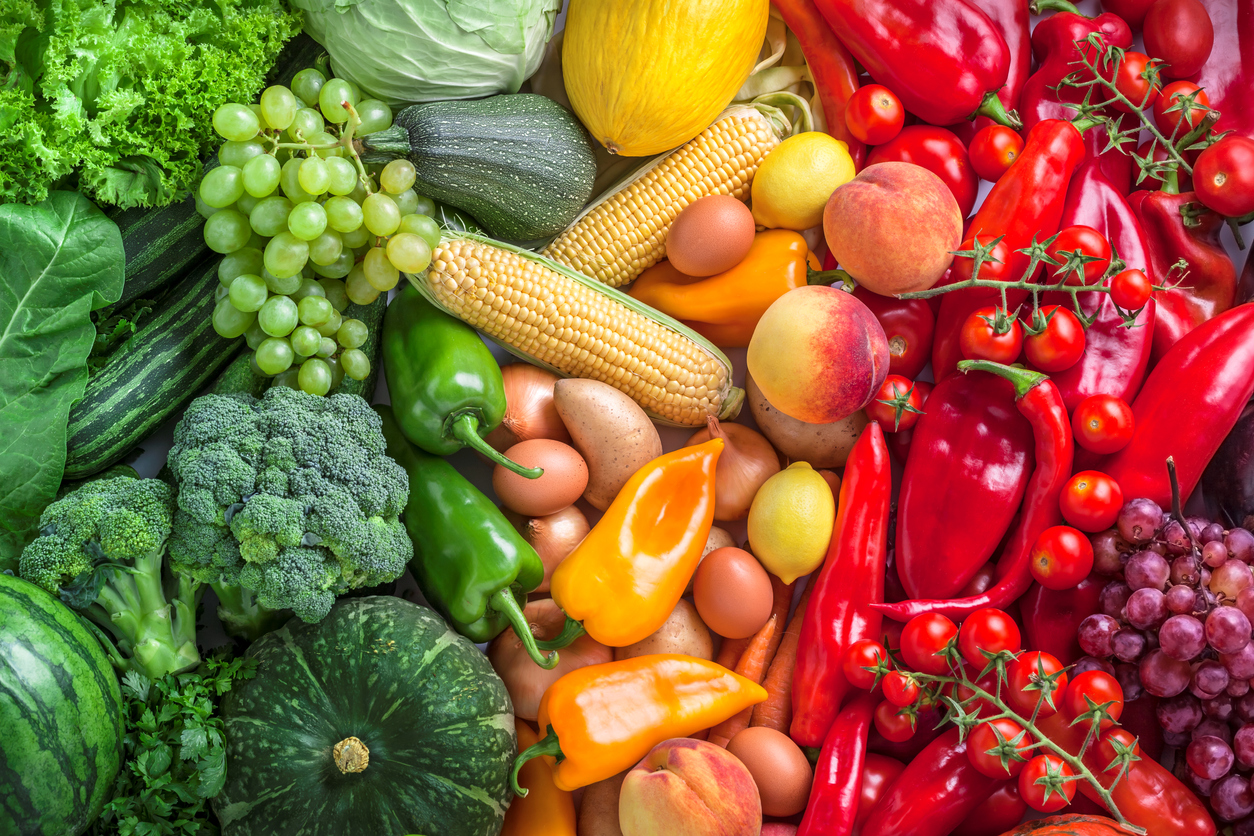
Carrots and their beta-carotene boost
Carrots are a powerhouse of beta-carotene, a precursor to vitamin A that’s essential for eye health. This nutrient helps protect the surface of the eye and is crucial in preventing the development of cataracts.
| Nutrient | Amount per 100g | % Daily Value |
|---|---|---|
| Beta-carotene | 8285 μg | 77% |
| Vitamin A | 835 μg | 93% |
| Vitamin C | 5.9 mg | 7% |
Bell peppers for vitamin C and beta-carotene
Bell peppers, especially the red and yellow varieties, are rich in both vitamin C and beta-carotene. These antioxidants work together to reduce oxidative stress in the eyes, potentially slowing down cataract formation.
Sweet potatoes as a vitamin A superfood
Sweet potatoes are an excellent source of vitamin A, which is crucial for maintaining clear vision and preventing night blindness. They also contain other antioxidants that support overall eye health.
Tomatoes and their lycopene content
Tomatoes are packed with lycopene, a potent antioxidant that gives them their red color. Lycopene has been shown to reduce the risk of cataract development and may also protect against other age-related eye diseases.
Key benefits of colorful vegetables for eye health:
Provide essential vitamins and antioxidants
Reduce oxidative stress in the eyes
Support overall eye function and clarity
May slow down cataract progression
Incorporating these vibrant vegetables into your diet can significantly contribute to maintaining healthy vision and reducing the risk of cataracts. Next, we’ll explore how combining these foods with other nutrient-rich options can create a comprehensive eye-healthy meal plan.
A diet rich in eye-friendly nutrients can play a crucial role in preventing cataracts and maintaining overall eye health. By incorporating a variety of fruits, leafy greens, lean proteins, nuts, seeds, and colorful vegetables into your meals, you can provide your eyes with essential vitamins, minerals, and antioxidants. These nutrients work together to protect your vision and reduce the risk of cataract development.
Remember, a balanced diet is just one aspect of maintaining healthy eyes. Regular eye check-ups, protecting your eyes from UV rays, and avoiding smoking are equally important. By combining these healthy habits with a nutrient-dense diet, you can take proactive steps towards preserving your vision and enjoying clear sight for years to come.


